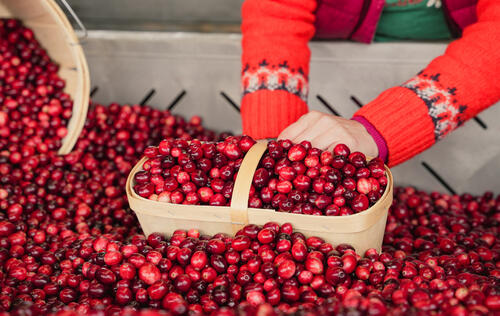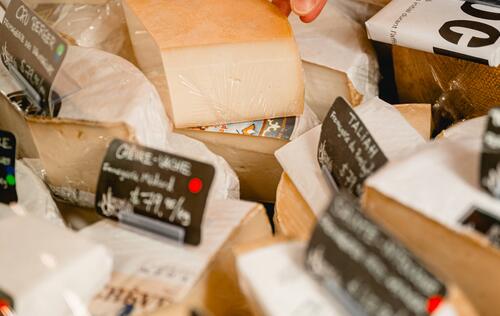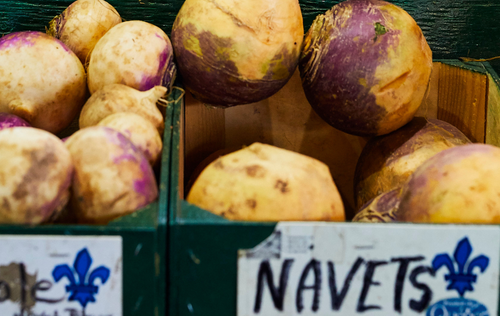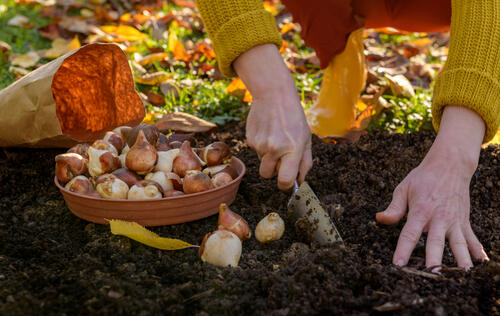Tips for successful vegetable sowing
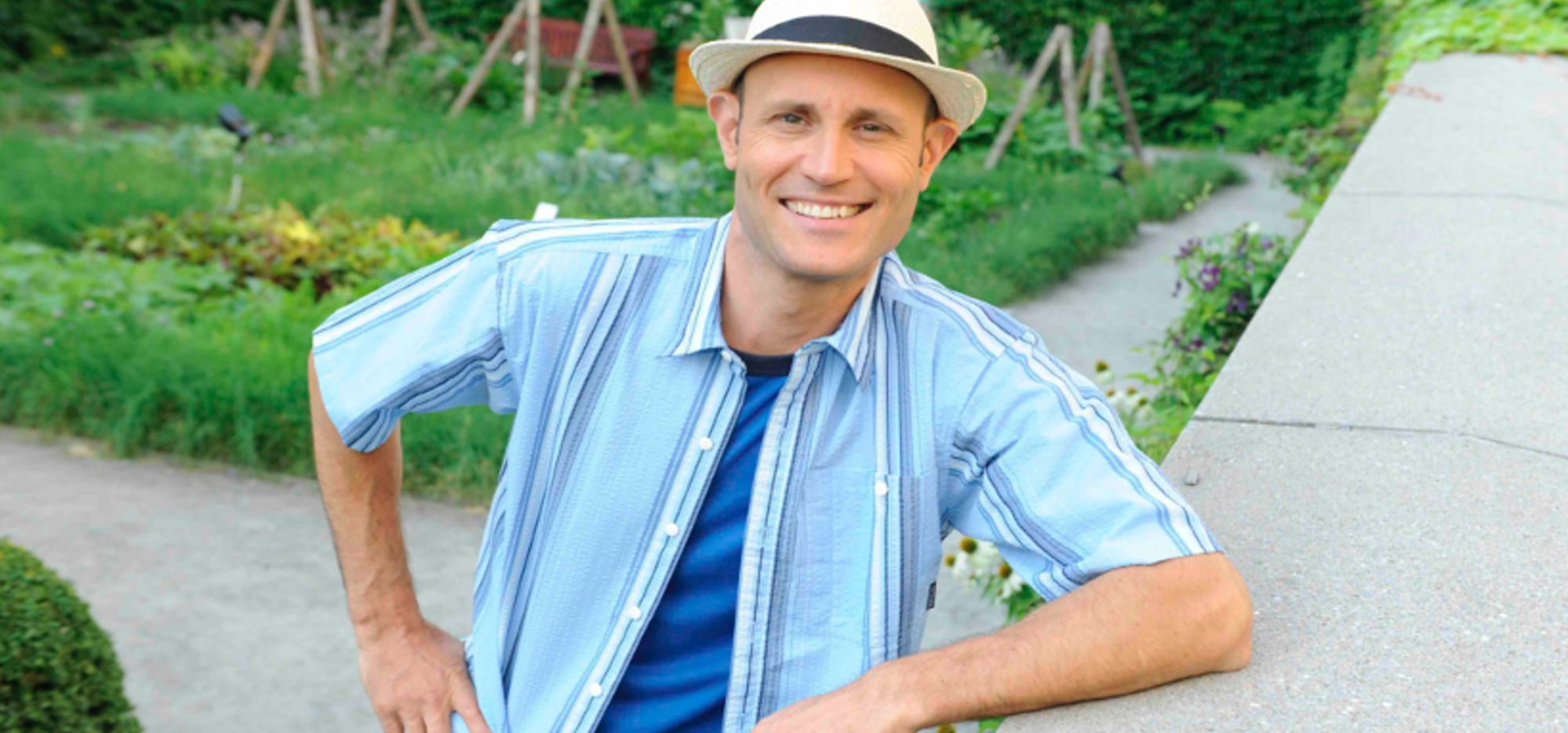
Many citizens have turned to urban agriculture to produce their own food and aim for food self-sufficiency. The craze for gardening and urban agriculture is unprecedented. According to some surveys, one in five Canadians will have started a garden by 2020. What's more, of the 3.5 million households in Quebec, some 2.9 million (83%) are gardeners. Of these, an estimated two-thirds grow vegetables and herbs in their garden or on their balcony! In short, people's need to grow their own fruit and vegetables is more than just a passing fad - it's a deep-rooted need.
The practice of urban agriculture is undoubtedly the best way to gain a degree of food autonomy and reduce our dependence on industrial food networks. But before you can plant a vegetable garden, you need to plant seedlings! In addition to the pleasure of making your own seedlings, this activity is an economical and ecological way of starting a vegetable garden.
Here are a few tips on how to get the most out of your seedlings.
- Recover containers
You don't need to buy a sophisticated growing system to sow your own vegetables and herbs. It's perfectly possible to sow your seeds in simple, salvaged plastic pots or trays. The plastic containers in which BBQ chicken and mixed salads are sold in supermarkets are excellent containers for seedlings.
However, you must ensure that the reclaimed containers you use are thoroughly cleaned, ideally disinfected with bleach - if they have been used for seedlings in the past - to prevent the spread of diseases such as damping-off. - Use a light, compost-rich potting soil
The potting soil you use for your seedlings must above all be light, well aerated and retain water and nutrients adequately. Avoid black soil, and don't use soil from your own garden either, as it may carry pathogens and is generally too heavy and poorly aerated to give the expected results.
Instead, use a commercial substrate sold in bags and specially designed for seedlings, consisting mainly of sphagnum peat moss. It's also a good idea to include compost and a mycorrhizal fungus. The mycelium of mycorrhizal fungi attaches itself to plants and acts as an extension of their root system, enabling them to obtain a better supply of water and nutrients, ensuring more abundant flowering and fruiting. If the potting soil you've bought doesn't contain mycorrhiza, you can add a small handful and mix it into the soil when sowing.
The beneficial microorganisms provided by the compost and the presence of a mycorrhizal fungus will reduce the risk of fungal or bacterial diseases developing and attacking freshly sprouted young plants. Moisten potting soil well before use. - Follow the instructions on the seed sachets
Once the potting soil has been mixed and moistened, pour it into a container and even out the surface by pressing it down with a small piece of wood. Rather than placing all the seeds in a single container, you can arrange them in a container with several small compartments, which will make transplanting much easier.
The seeds of some vegetable species should not be buried under the substrate, as light is necessary for germination, while many others should be covered with a layer of potting soil about 6 mm thick, as they need darkness to germinate or, at least, light is not necessary for germination.
In addition, to prevent etiolation, most tropical edible plants such as tomatoes and peppers are sown indoors in March or April, just a few weeks before transplanting outdoors. Other plants such as carrots, lettuces and radishes can be sown outdoors in May, directly in the ground. Indoor sowing is often unnecessary for these cool-climate plants. - Read the instructions on each seed packet carefully, as they specify, among other things, whether the seeds should be covered with potting soil or not, the optimum temperature for germination and when to sow.
If you have any seeds left over, seal the bag with tape and place it in an airtight plastic container in the fridge; most seeds can remain viable for just over a year.
What's more, most tropical edible plants such as tomatoes and peppers are sown indoors in March or April, just a few weeks before transplanting outdoors. Other plants such as carrots, lettuces and radishes can be sown outdoors in May, directly in the ground. Indoor sowing is often unnecessary for these cool-climate plants. - Use an LED lighting system
Sunlight coming through the windows of a house or apartment is often not enough to ensure the proper growth of most edible plants. That's why it's a good idea to grow your seedlings under lamps powered by light-emitting diodes. Although not perfect, LEDs have many advantages: they are energy-efficient, recyclable, contain no mercury, emit little heat and have a life expectancy of over 50,000 hours.
The LEDs used in lamps designed for plant cultivation often come in the form of strips on which they are grouped. You can find strips on the market with blue, red and infrared diodes, perfectly suited to plants. Infrared wavelengths - invisible to the human eye - help to limit attacks by certain diseases that affect seedlings. - Keep potting soil constantly moist
Most seeds germinate well if they benefit from constant, high humidity - around 80%. To avoid having to water constantly, you can cover your seedling containers with clear plastic domes. In addition to preventing water evaporation, such a dome acts like a greenhouse, maintaining a warm, stable temperature. If water droplets form on the walls of the dome, open it slightly for a few hours to allow excess moisture to evaporate.
Text and photos by Albert Mondor, horticulturist and biologist
Albert Mondor is a horticulturist and biologist. Passionate about environmental horticulture and urban agriculture, he has been designing and creating original and extreme gardens and landscaping for nearly 35 years. In addition to giving courses and lectures across Canada, he has written a weekly column in the Casa section of the Journal de Montréal and in the Journal de Québec since 1999. He has also published eleven books on horticulture and urban agriculture, including Plates-bandes gourmandes in spring 2019. In addition, he is a regular contributor to various radio and television programs, including Le Jardinier branché on Météo Média and the Internet, and Manger en compagnie de Boucar Diouf on the Explora channel. He also maintains a blog, Facebook page and Instagram account on extreme horticulture.
This project was funded through the Proximité Program, implemented under the Canadian Agricultural Partnership, an agreement between the governments of Canada and Quebec.
